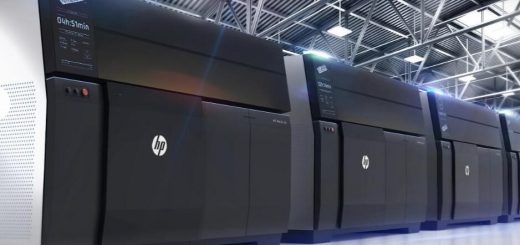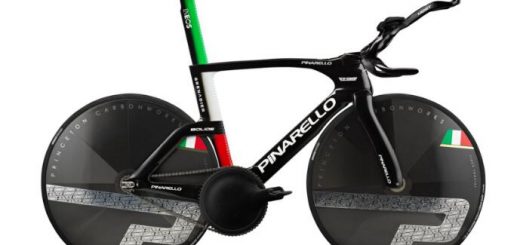Digital Metal® .Launches Two Superalloys for Extreme Applications
Due to rising demand for 3D-printable superalloy materials from companies in the aerospace, automotive and industrial segments, Digital Metal® now launches two superalloy grades for use in extreme environments. The grades are named DM 247 and DM 625.
The unique properties of Digital Metal’s binder jetting technology make it highly suitable for printing superalloys, including non-weldable grades, with near full density.

Superalloys are metal materials that exhibit great strength and corrosion resistance even when subjected to high heat and stress. These properties make them especially suitable for use in challenging applications such as aerospace, automotive and chemical. However, so far it has been difficult to use non-weldable materials such as MAR M247 in 3D printing, where high solidification rates and thermal gradients are inherent.
Digital Metal’s unique binder jetting technology helps avoid most of these problems by printing in an ambient temperature without applying any heat, followed by a separate sintering step. During sintering densification takes place without melting and with minimal thermal gradients during cooling from sintering temperature.
To cover the rising demand for 3D-printable superalloys, Digital Metal now launches two own superalloy grades – DM 247 and DM 625. Both have undergone extensive inhouse testing to ensure they meet our customers’ expectations.
The DM 247 is based on the non-weldable MAR M247, which is widely used as material for turbine blades and in other applications with elevated temperatures. The DM 625 is an Inconel 625-grade. Its application areas range from seawater applications and chemical processing equipment, to nuclear industry and aerospace.
“We have been receiving qualified requests for these materials from various large companies”, says Ralf Carlström, General Manager at Digital Metal. “Many producers within the aerospace and automotive business have long been anticipating high-quality superalloys that are suitable for 3D printing. Now we can offer them the perfect combination – our unique binder jetting technology and superalloys that are specially developed for our printers.”
Source: Digital Metal




Recent Comments